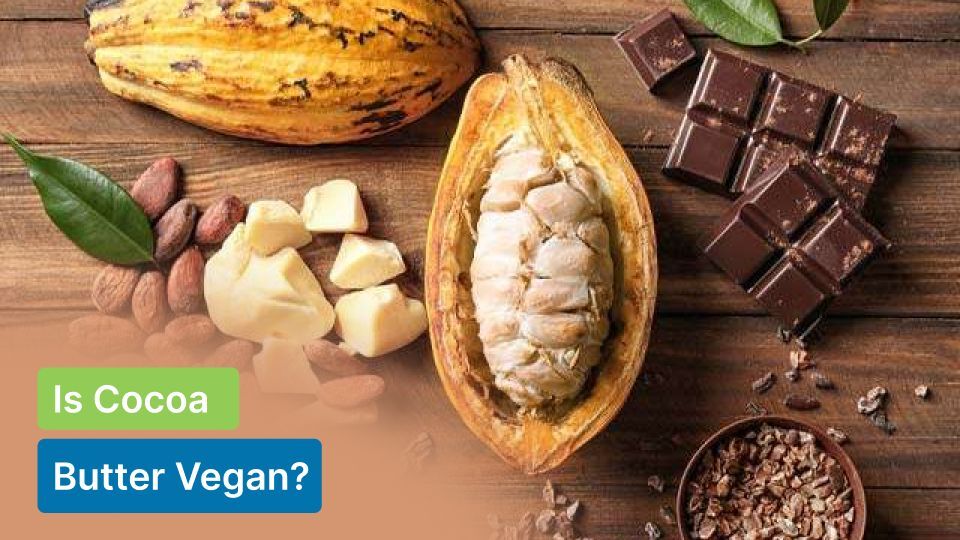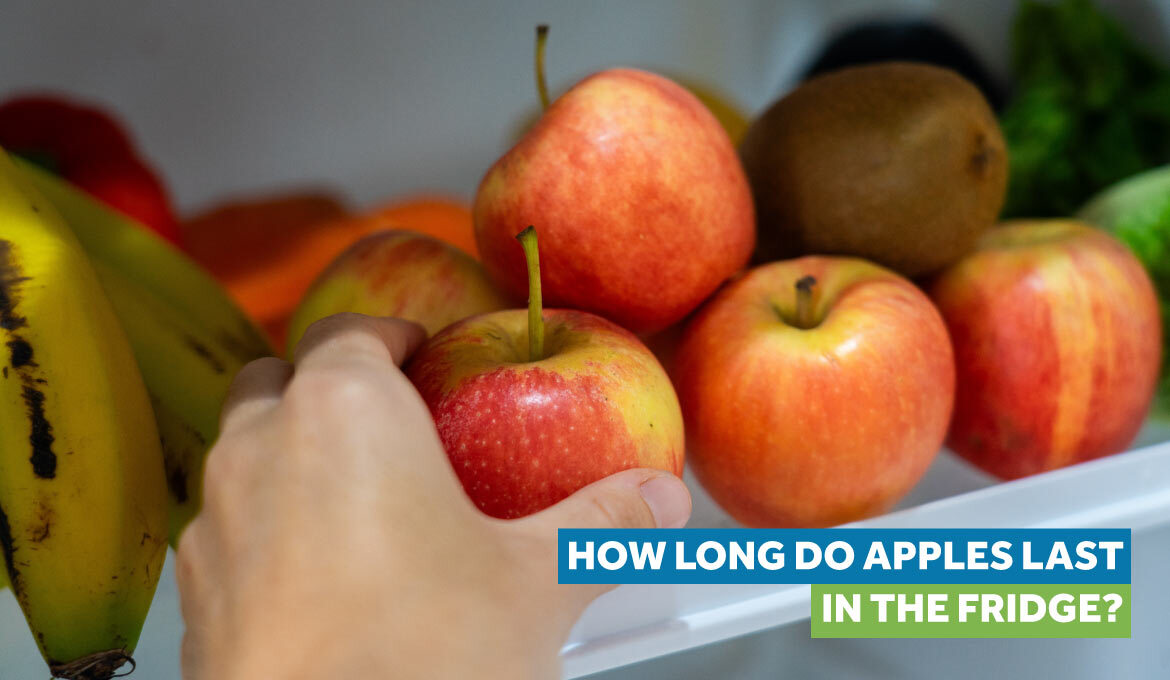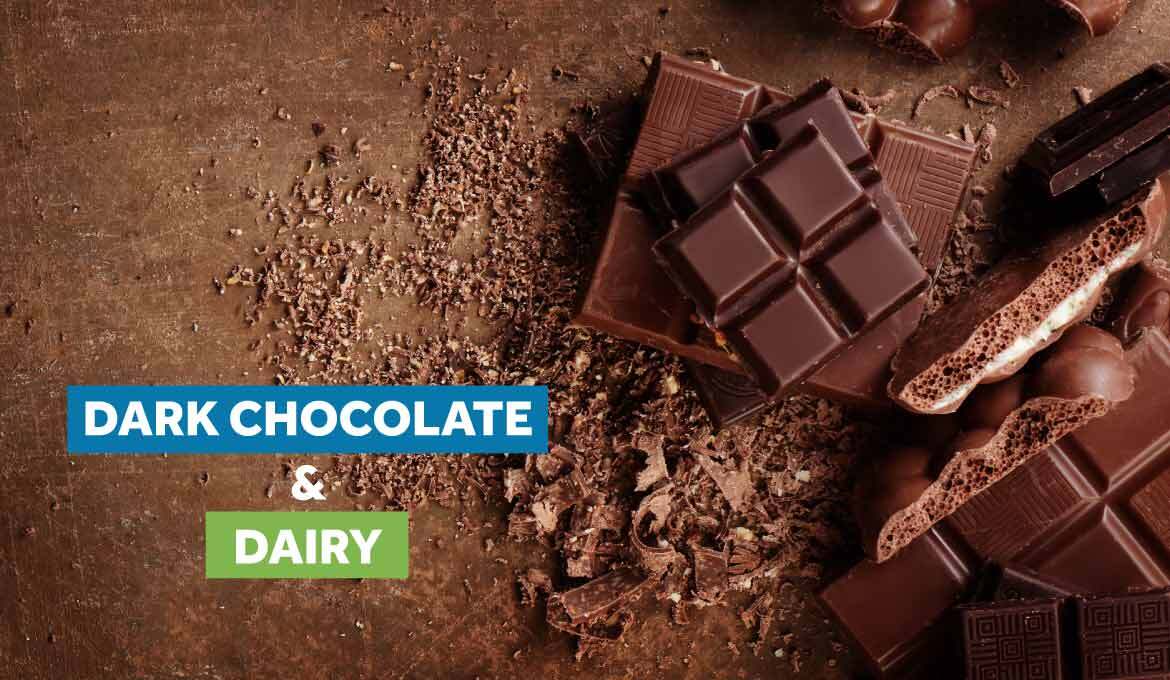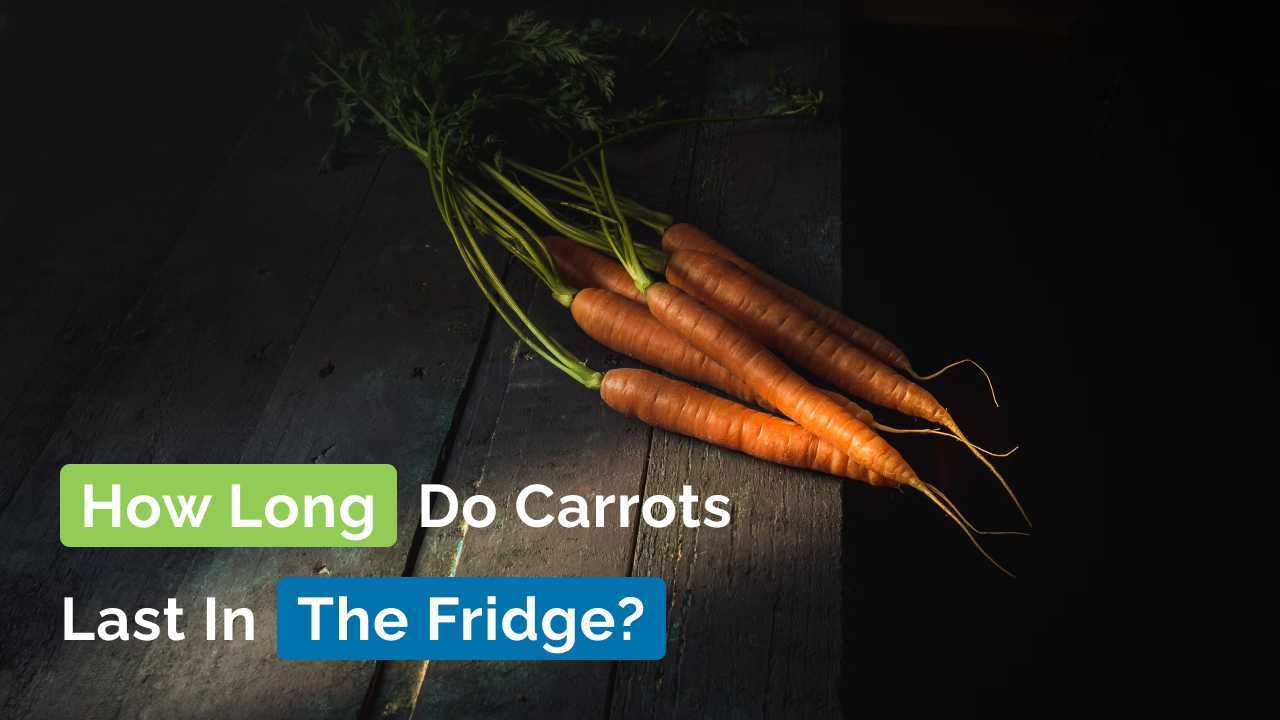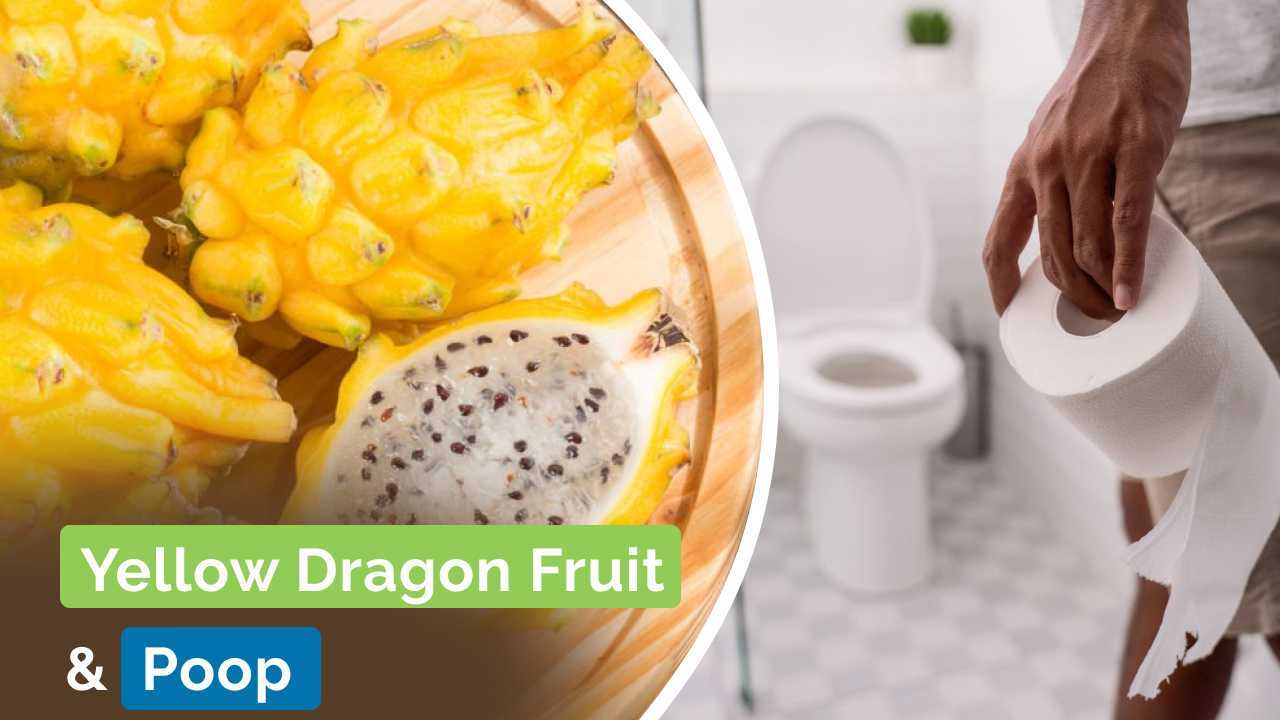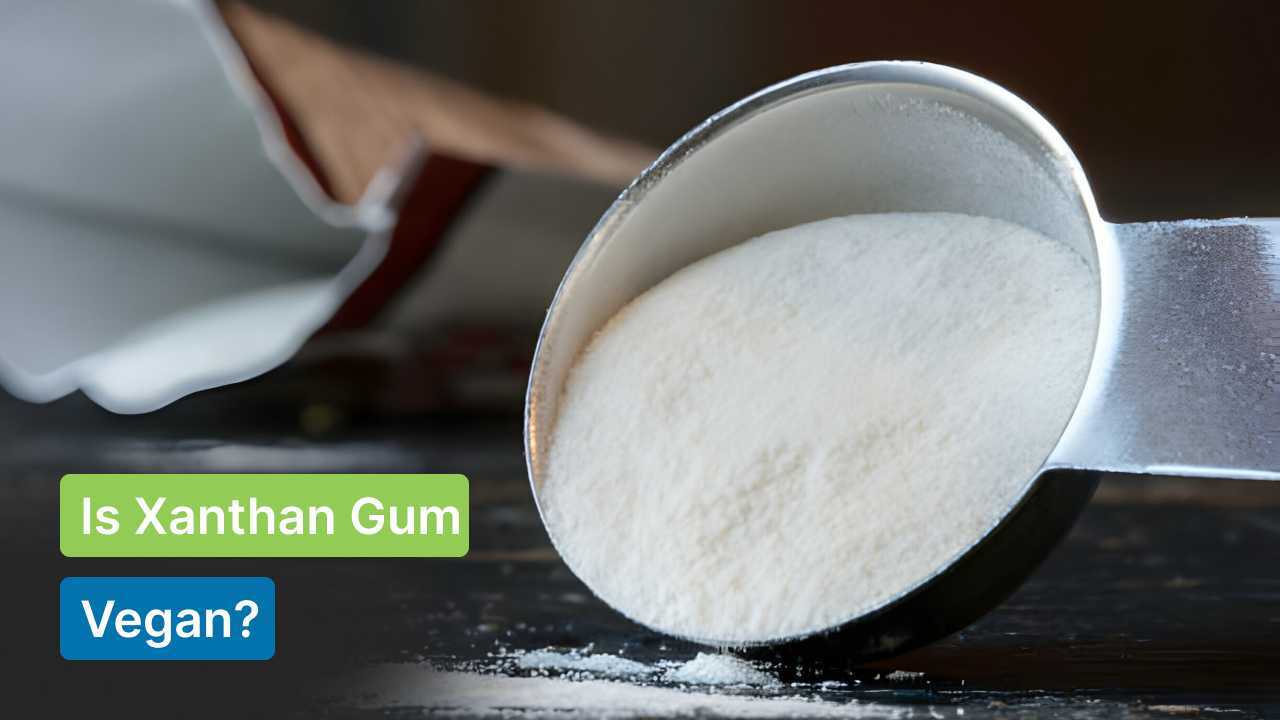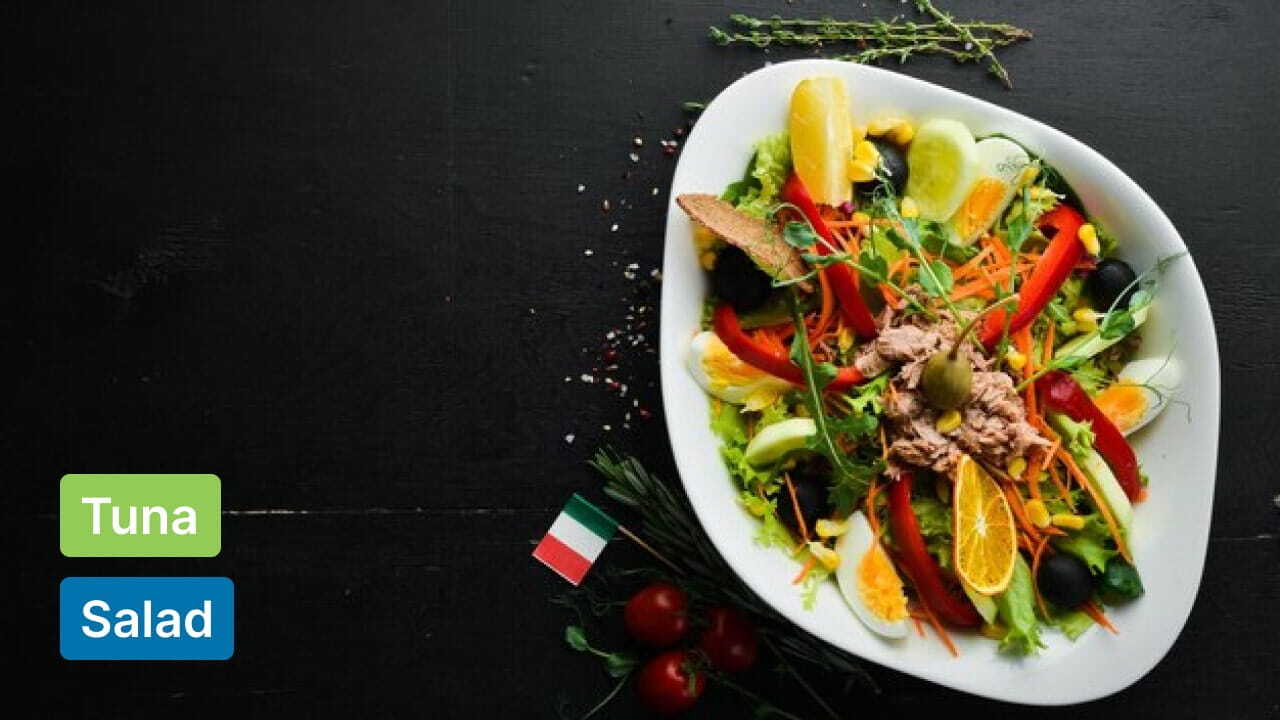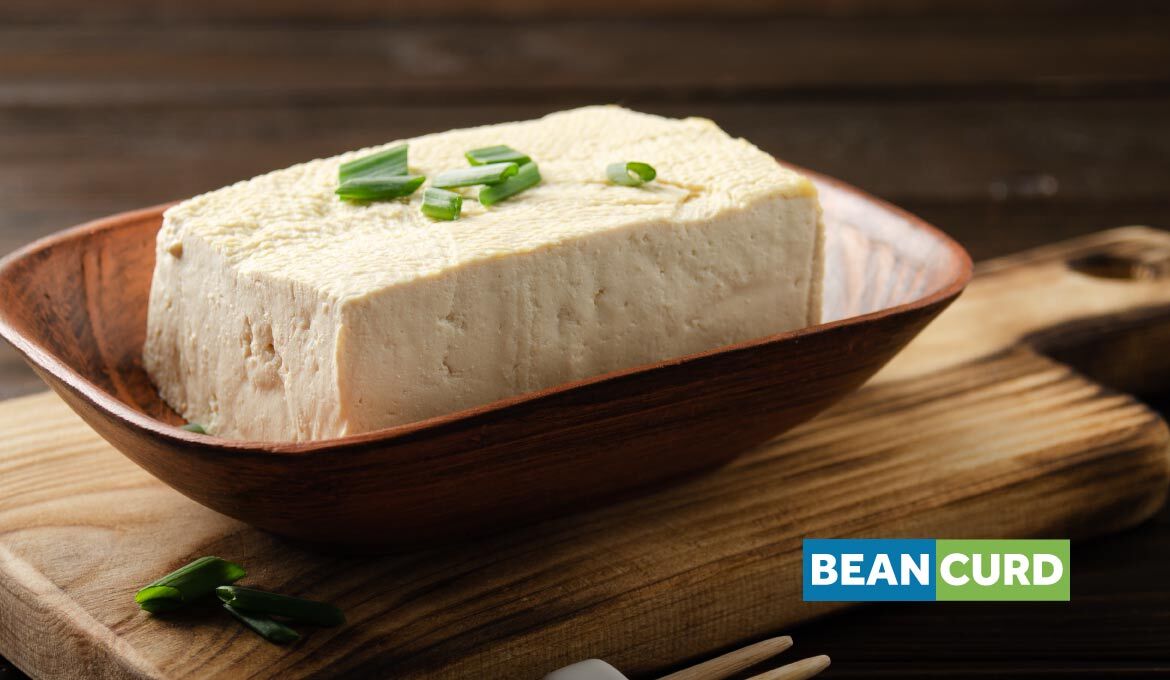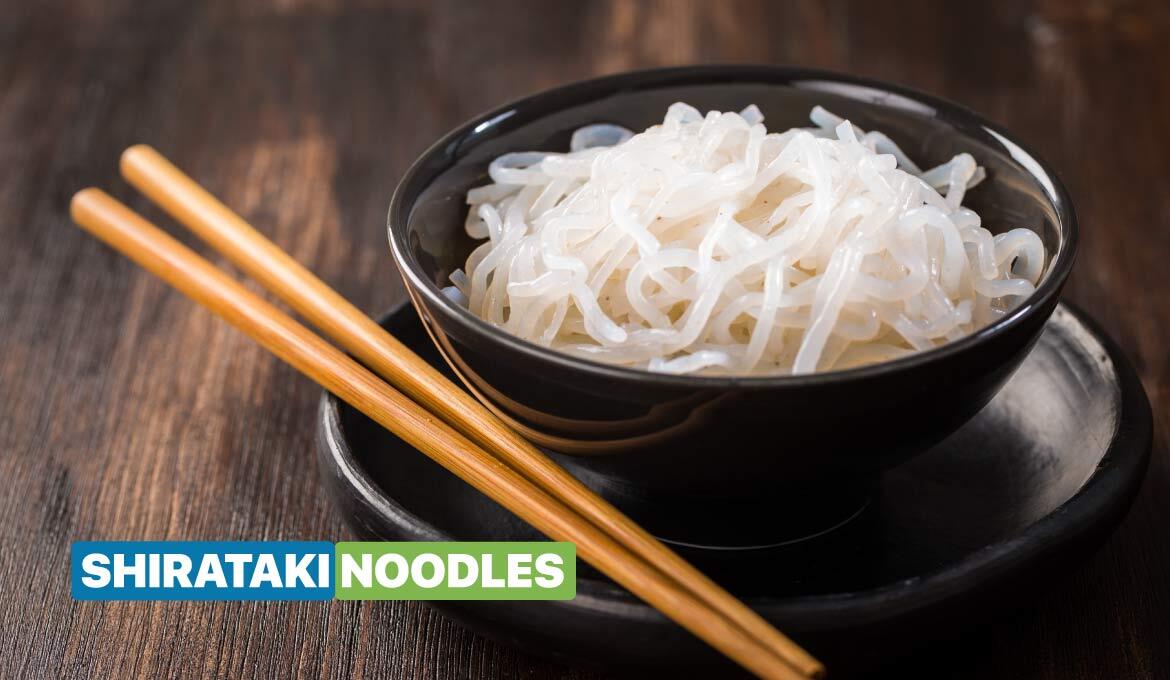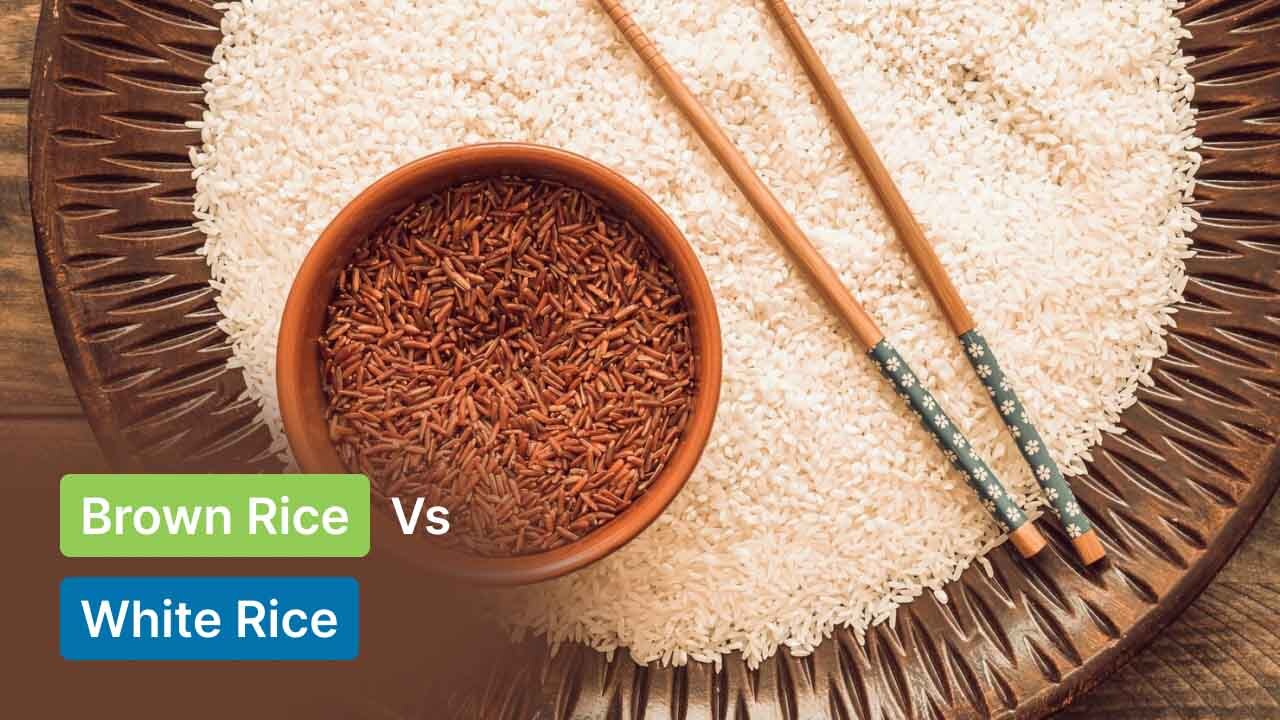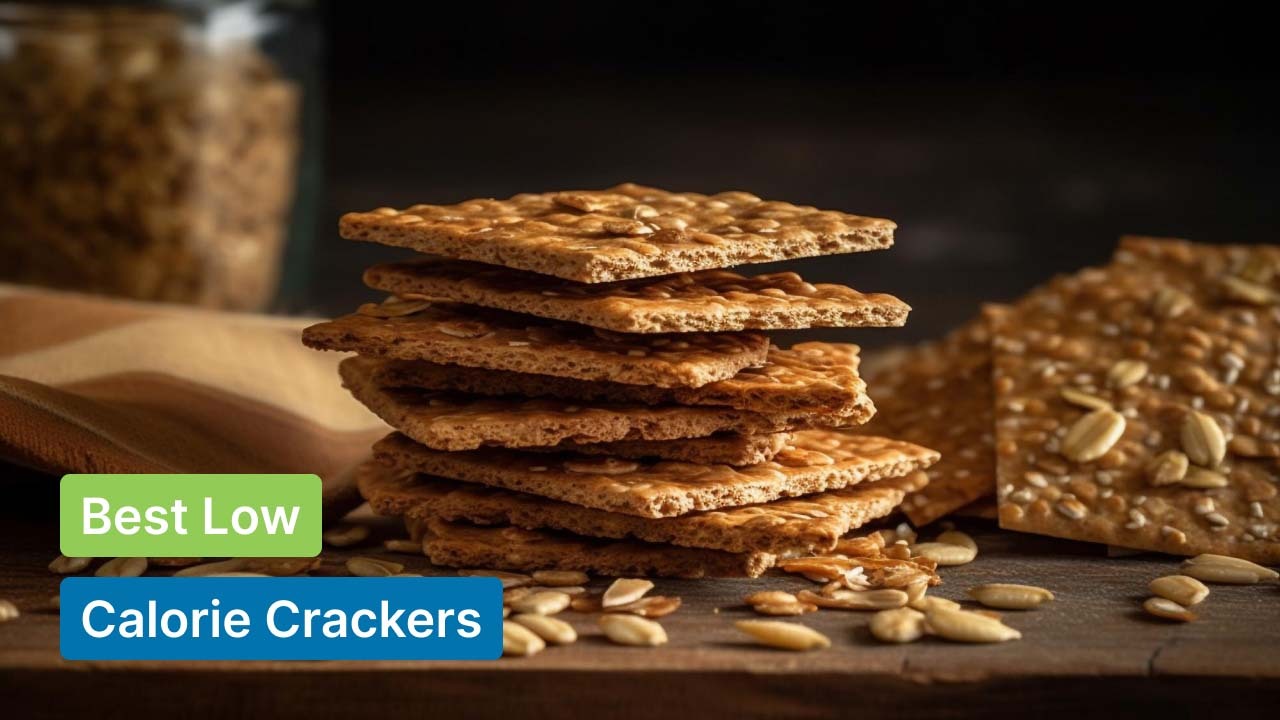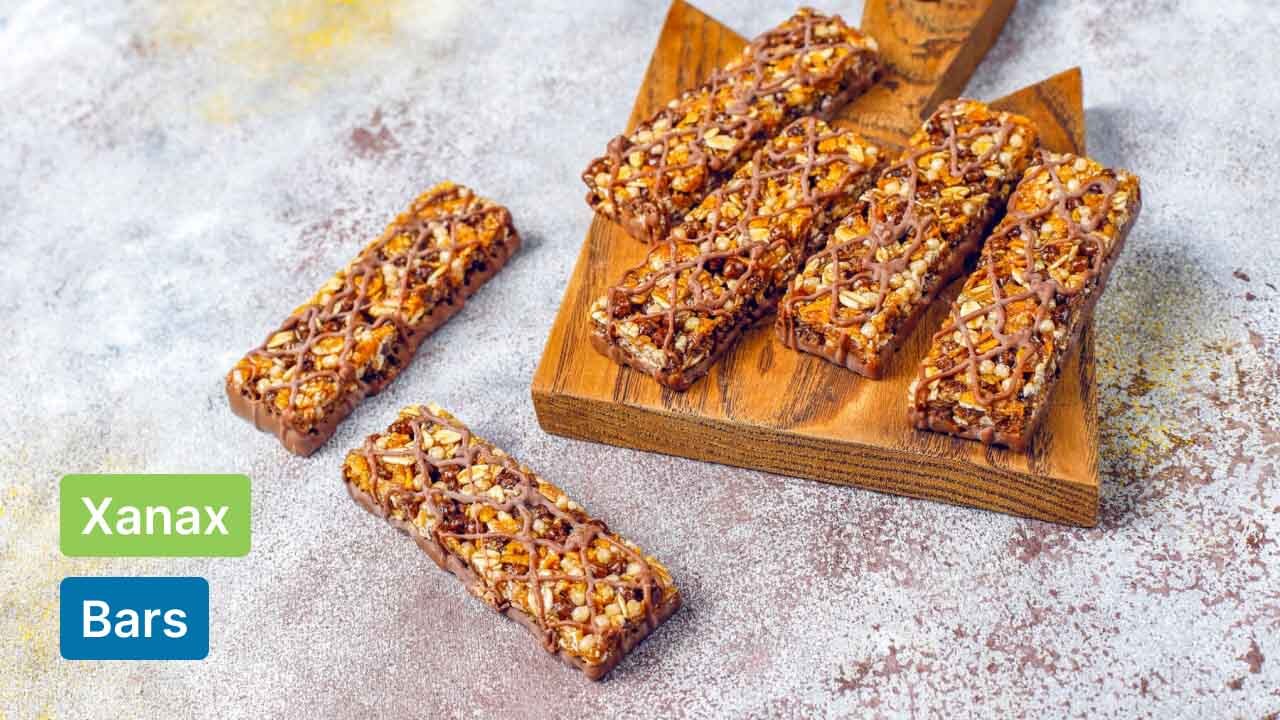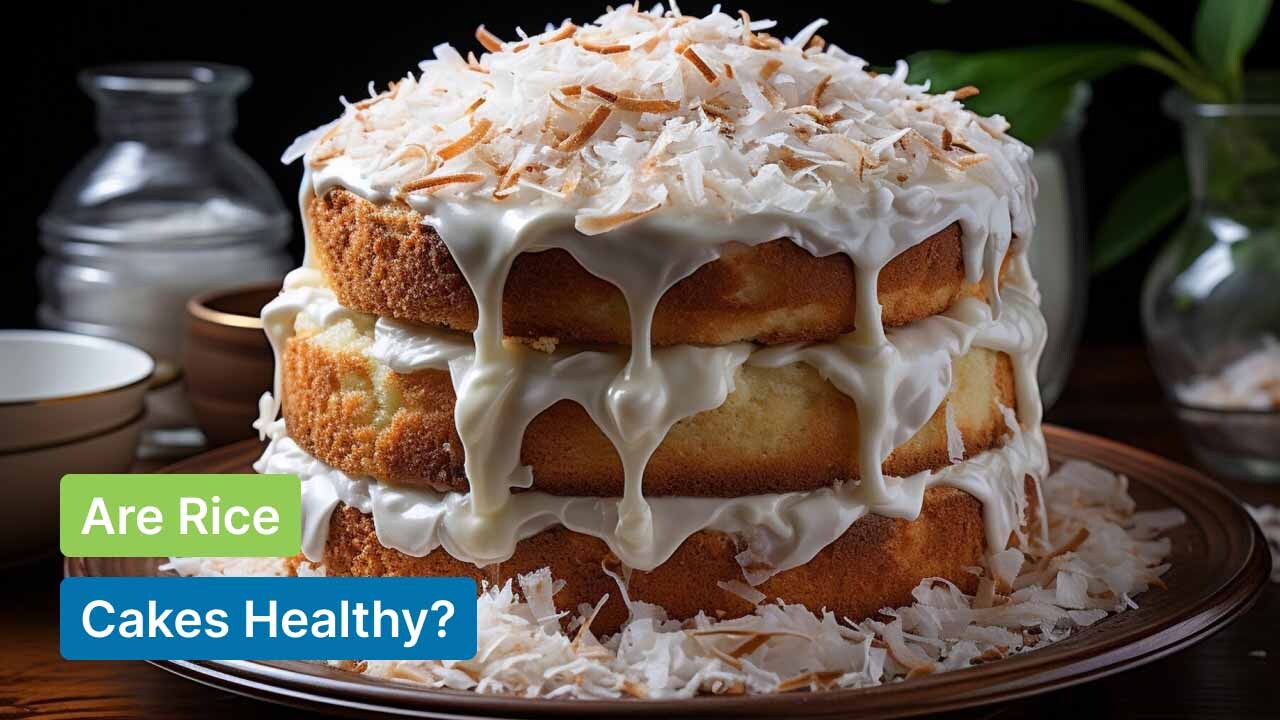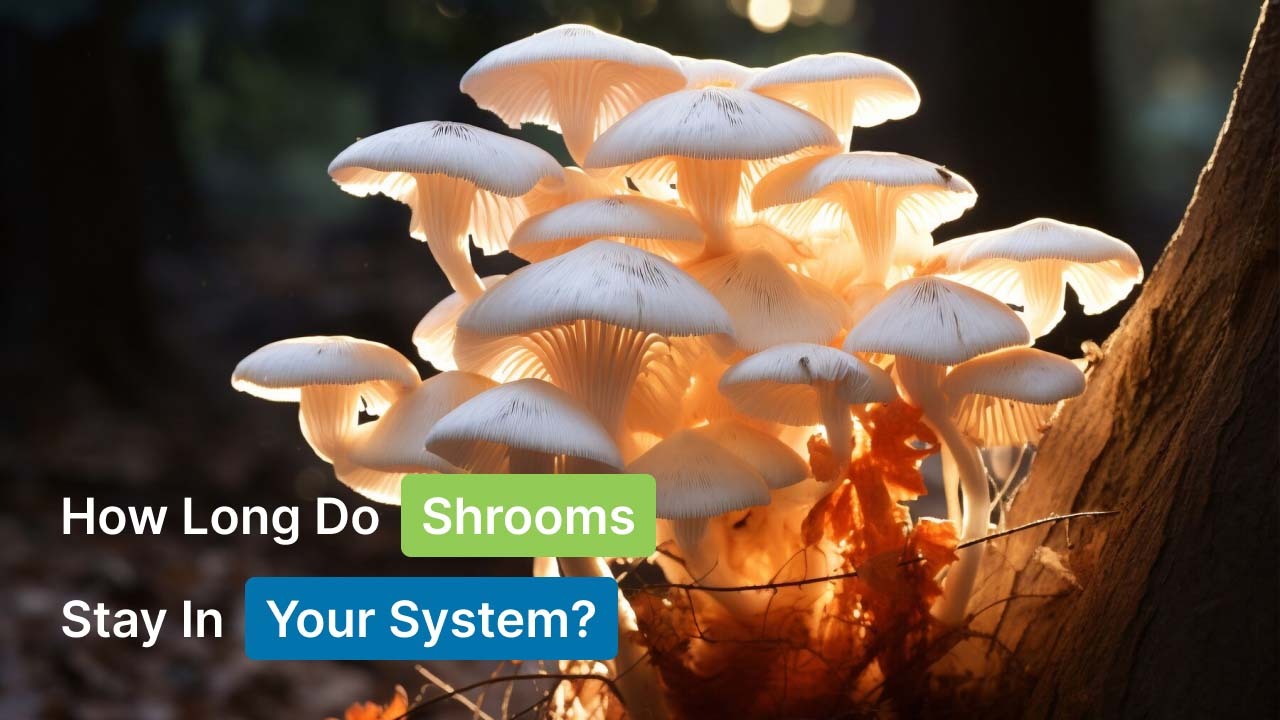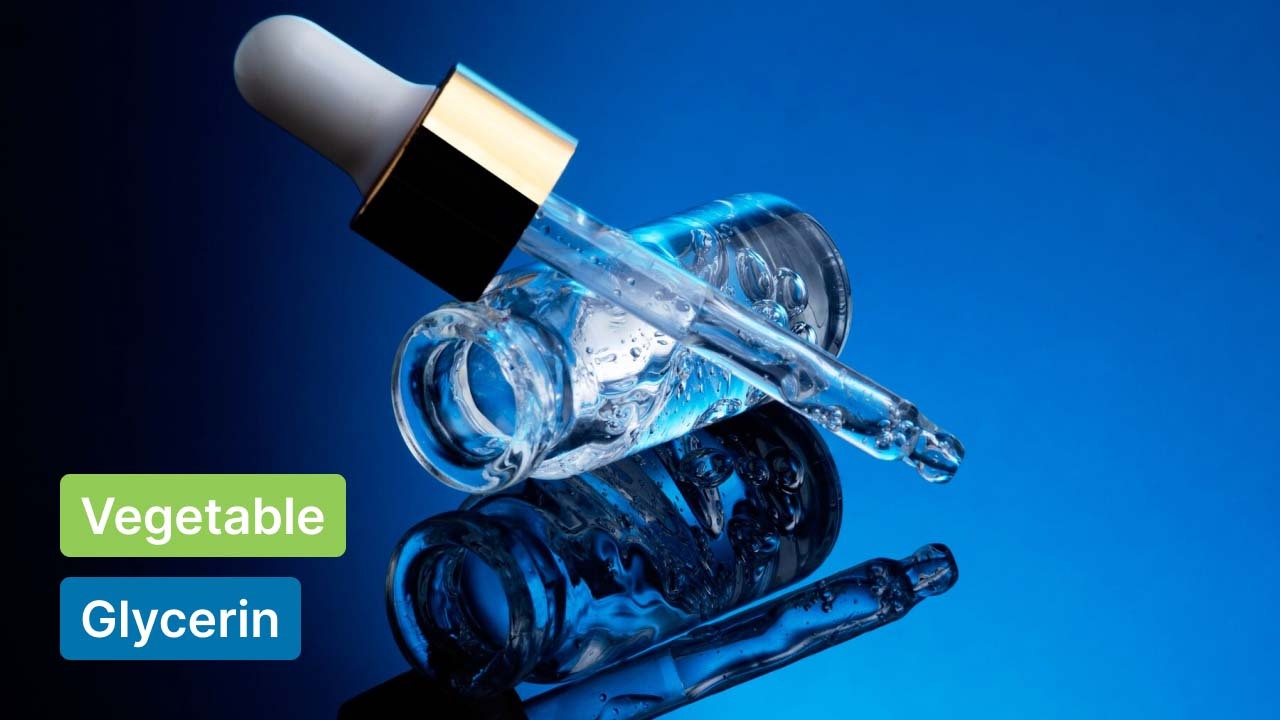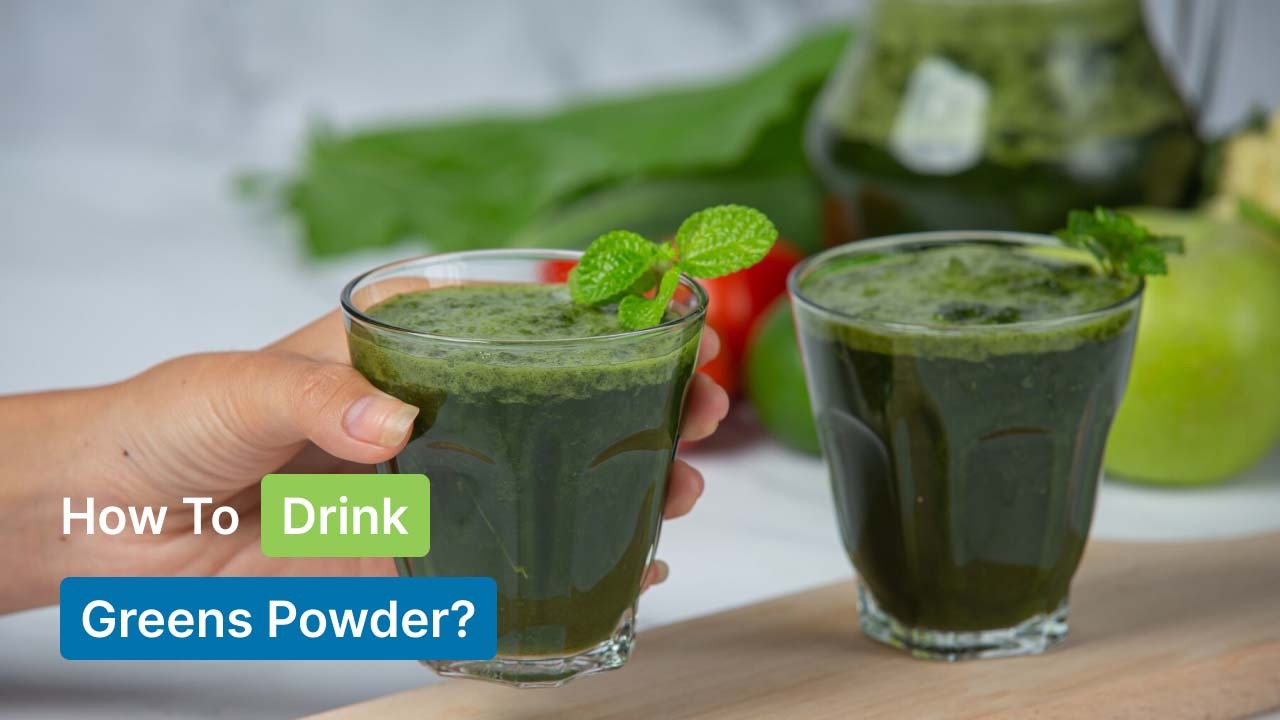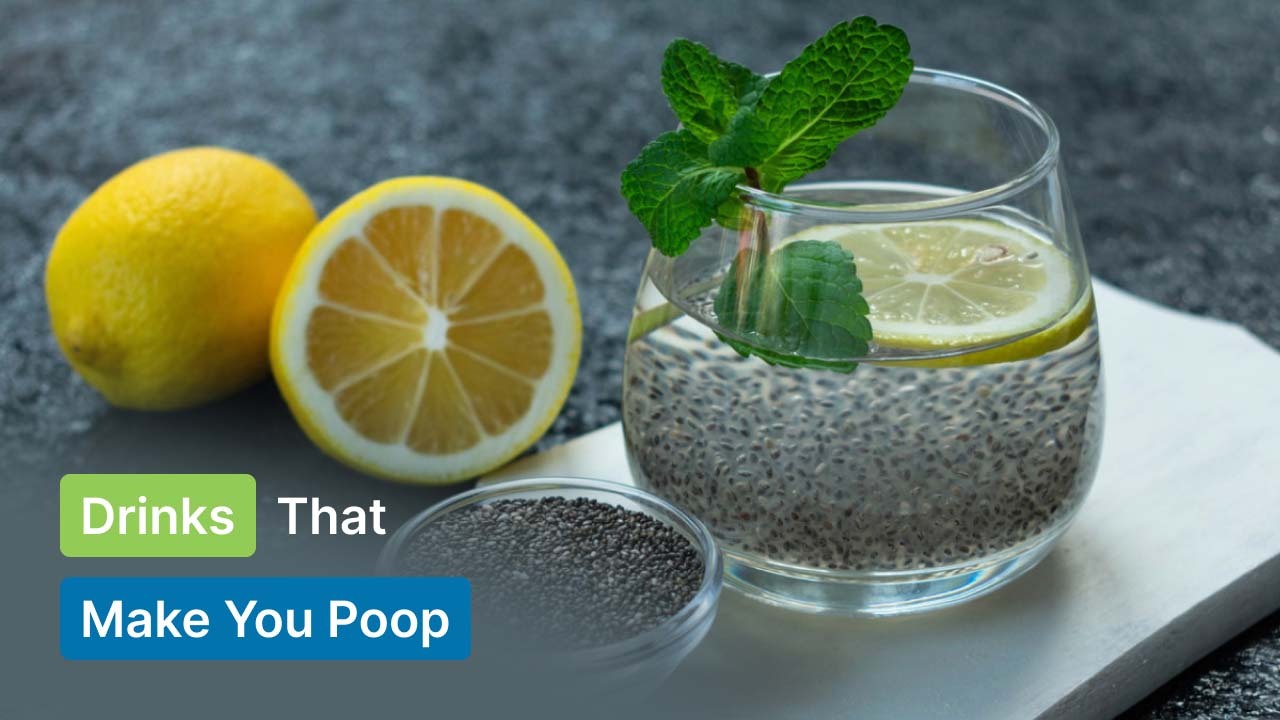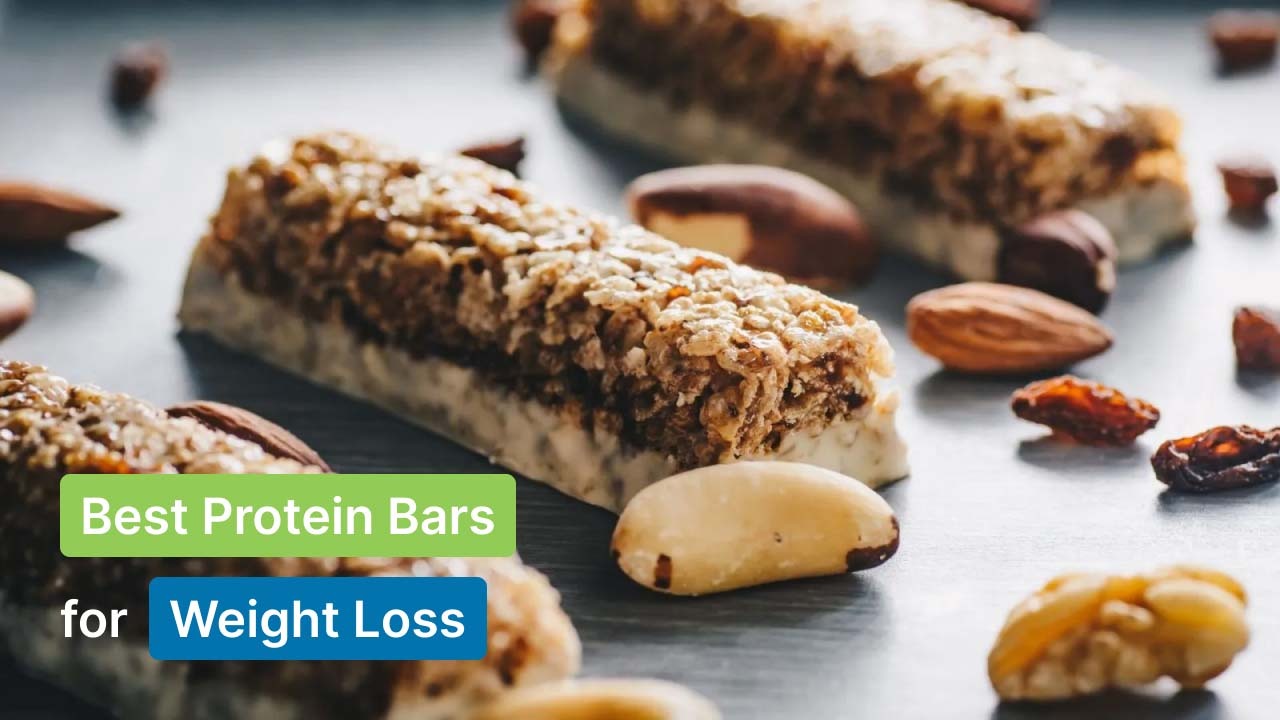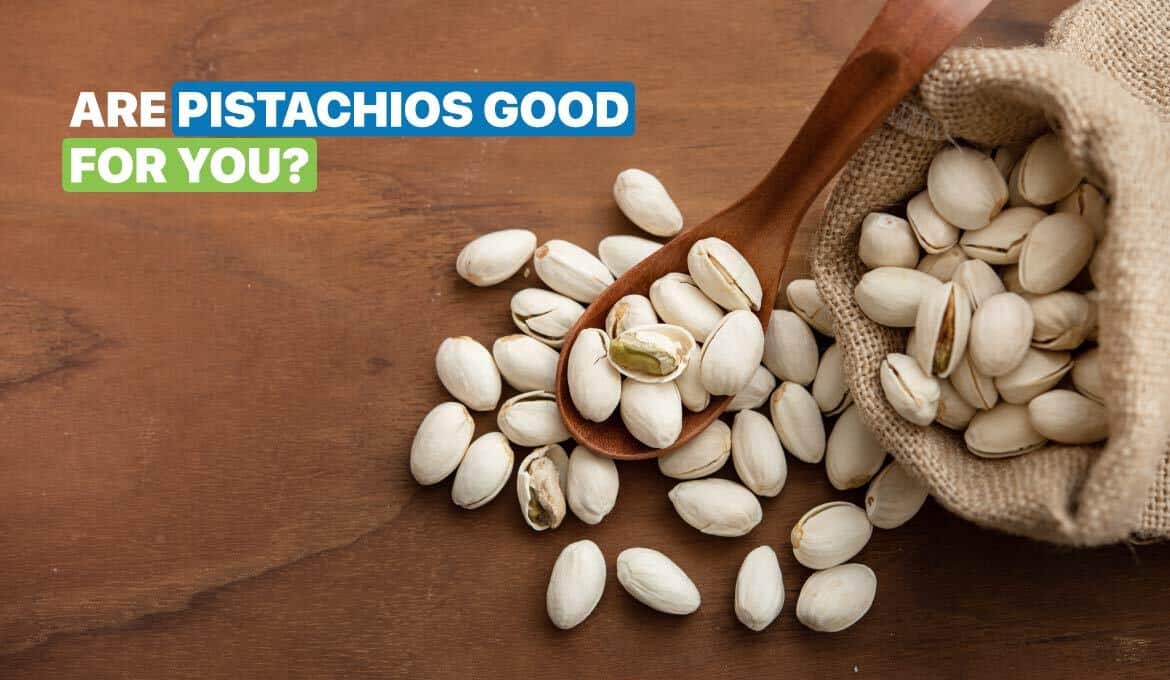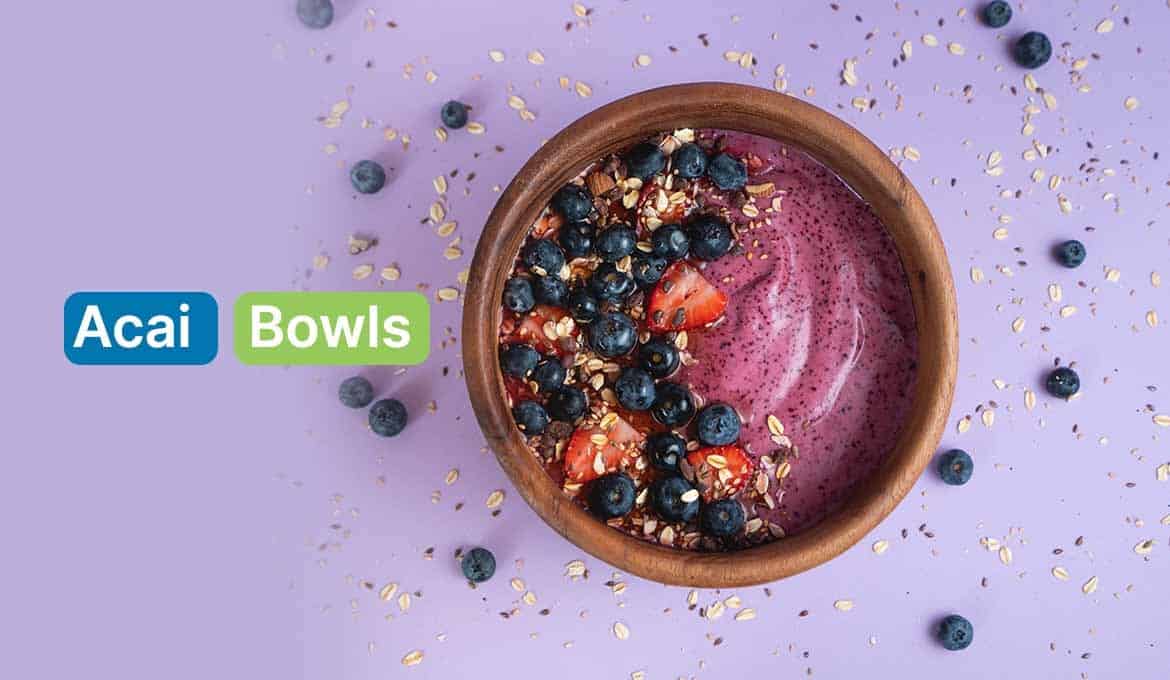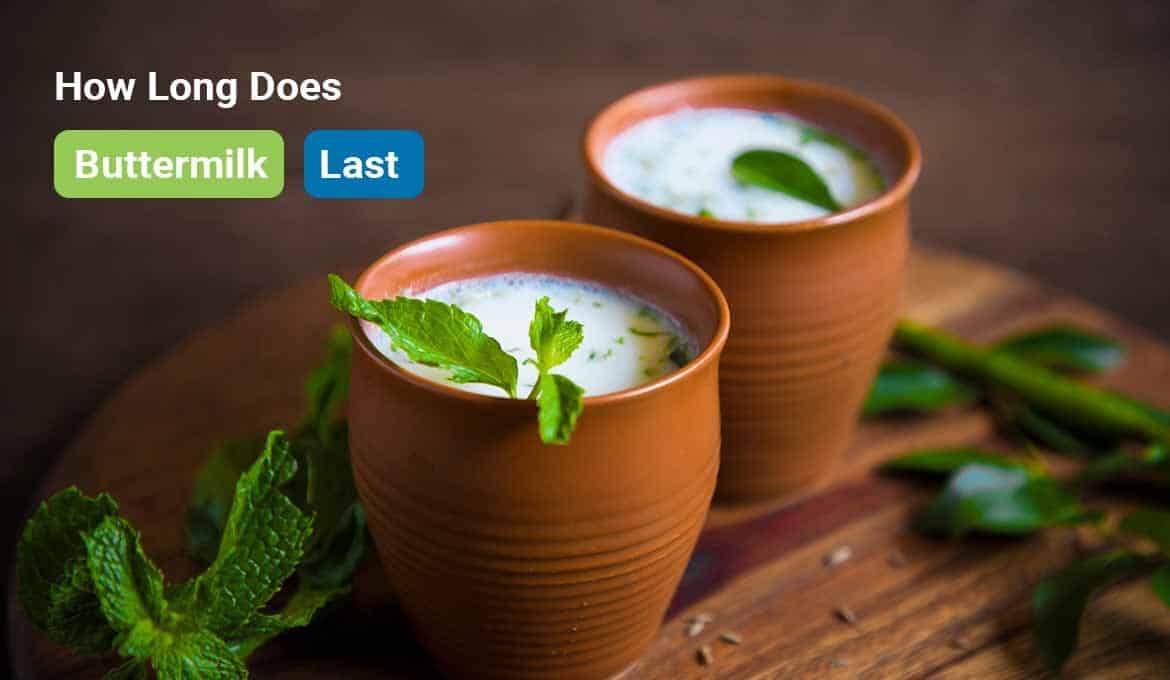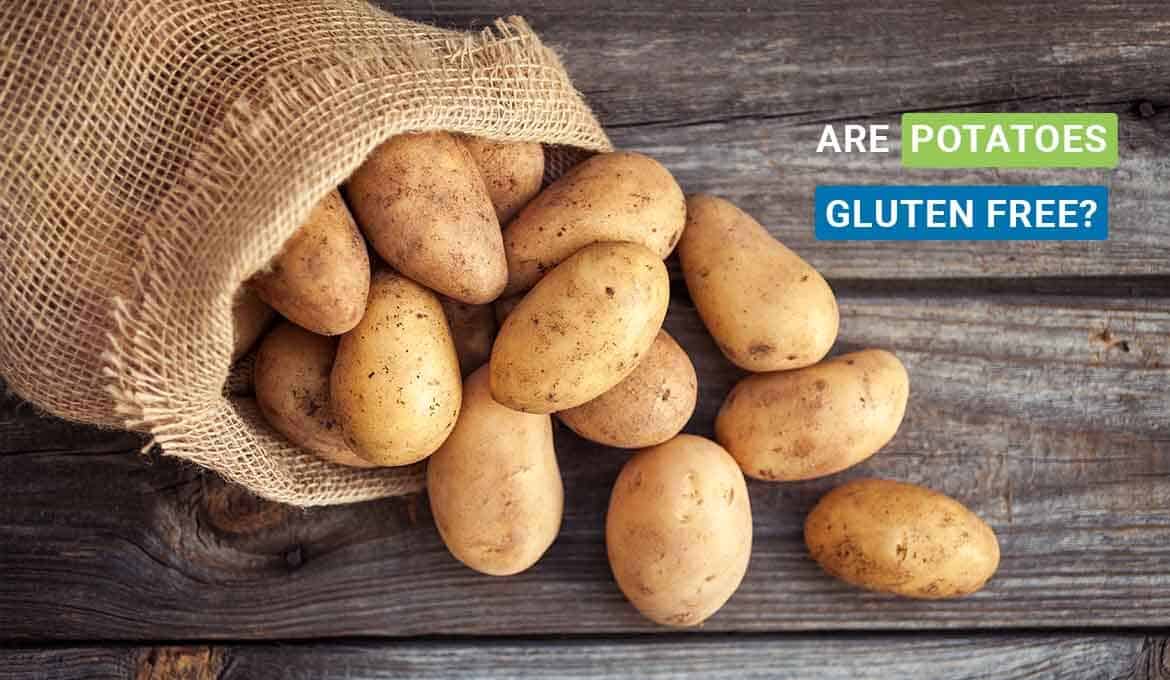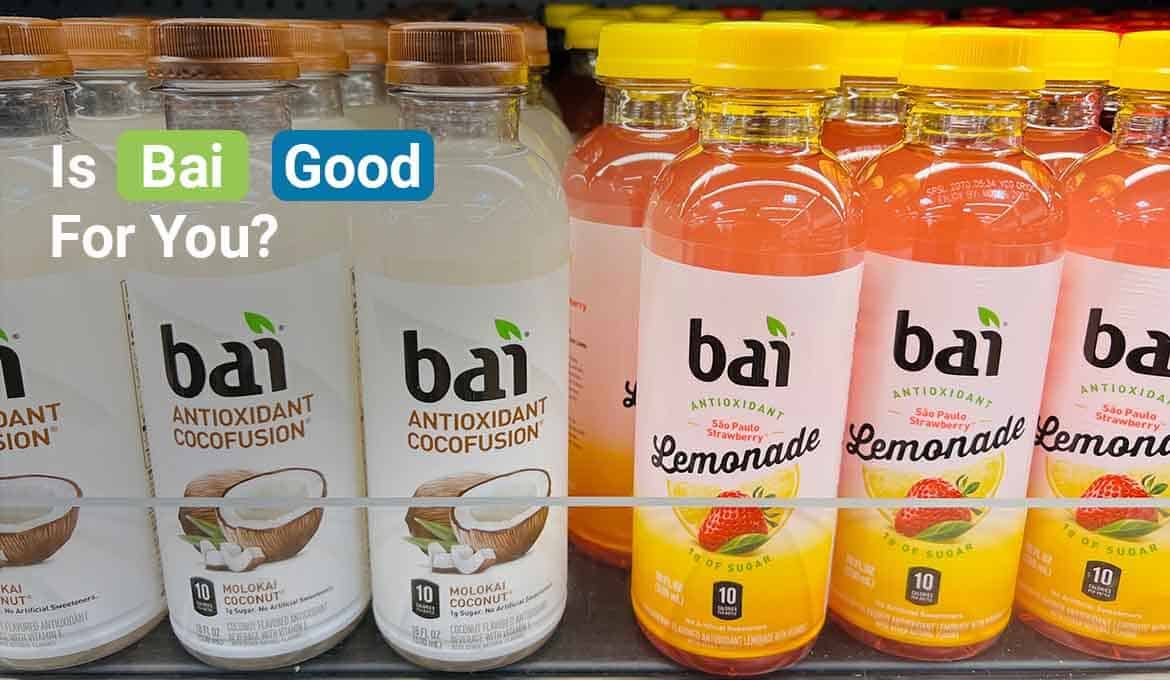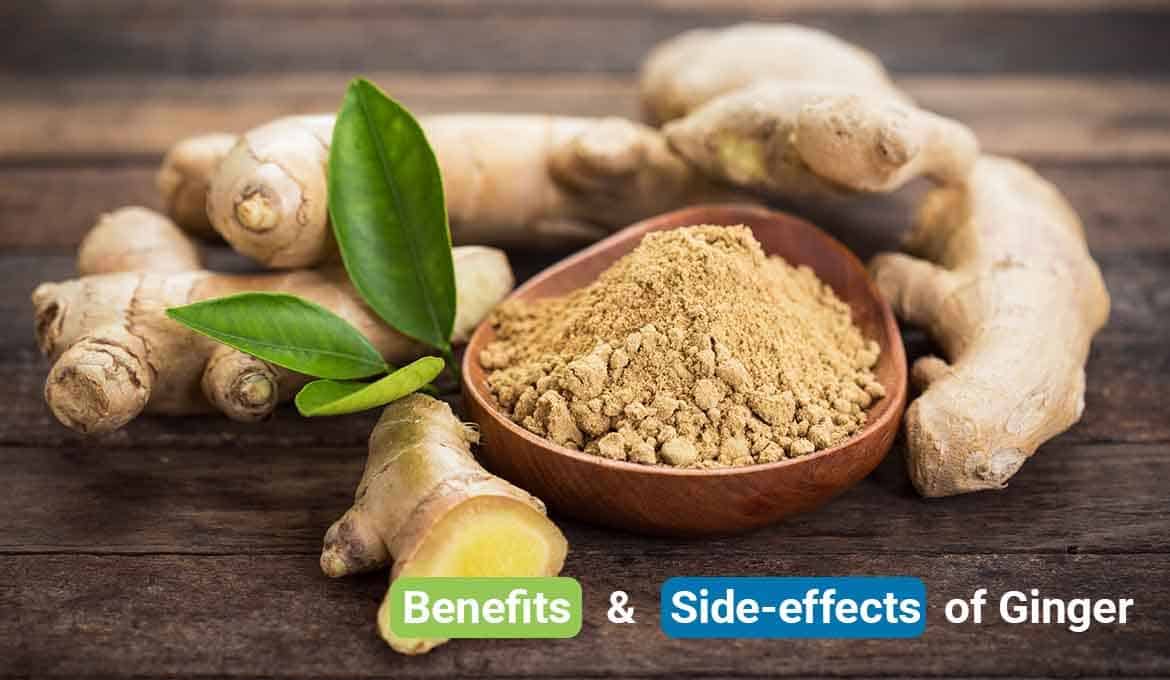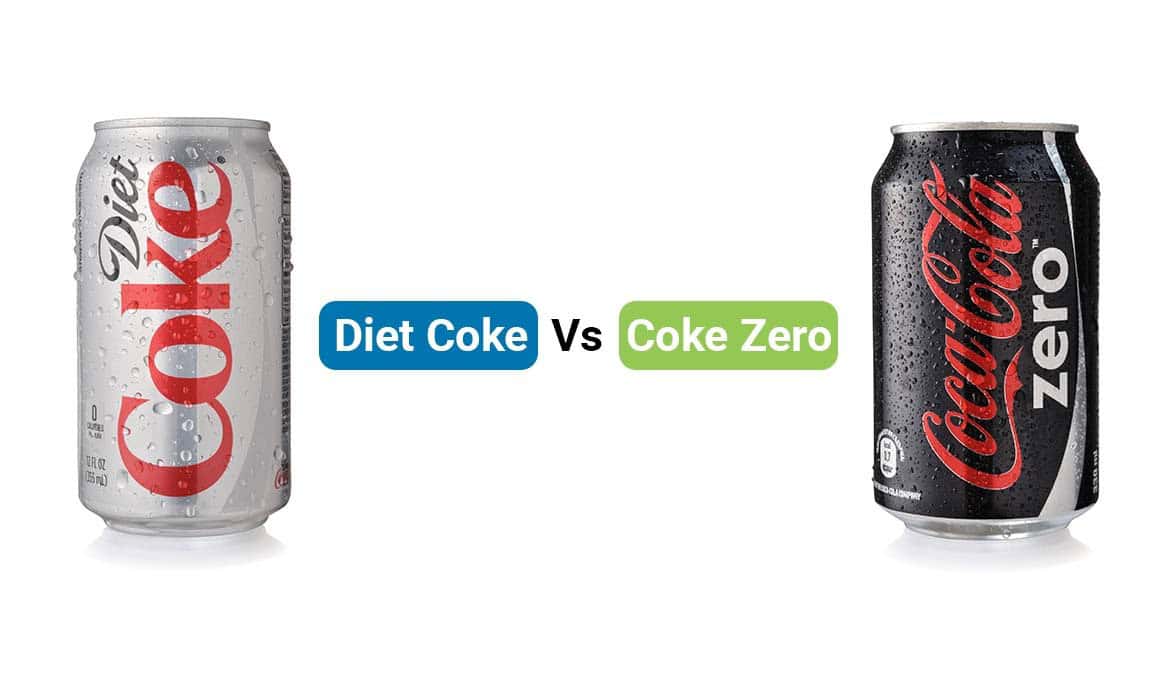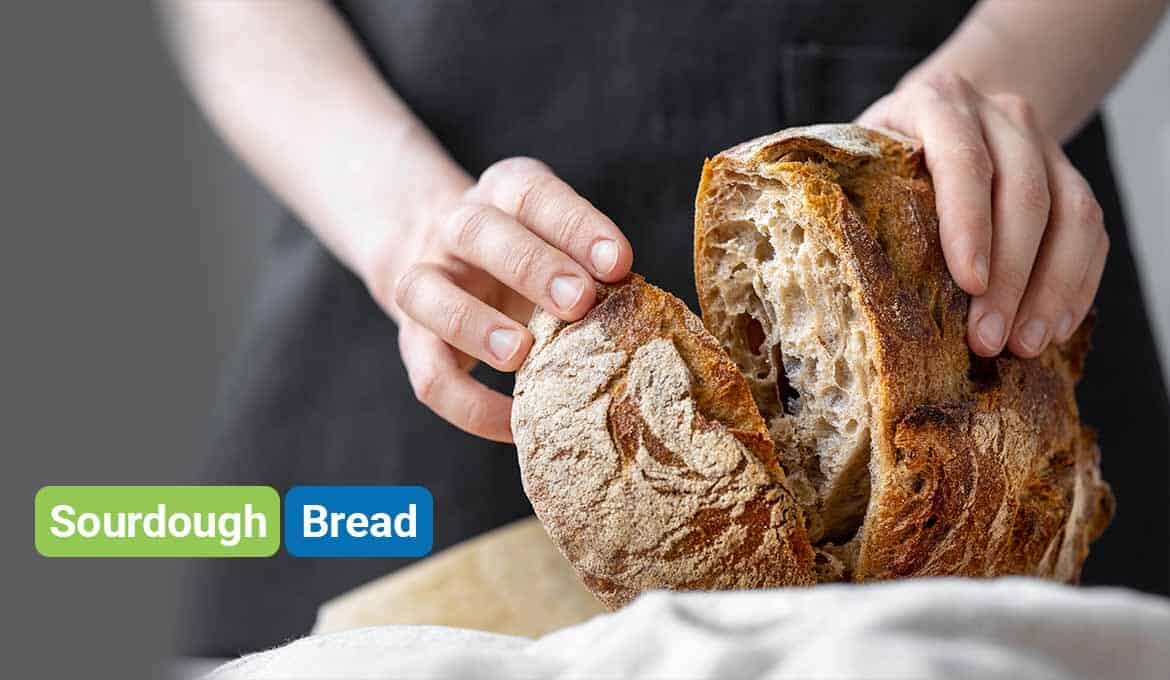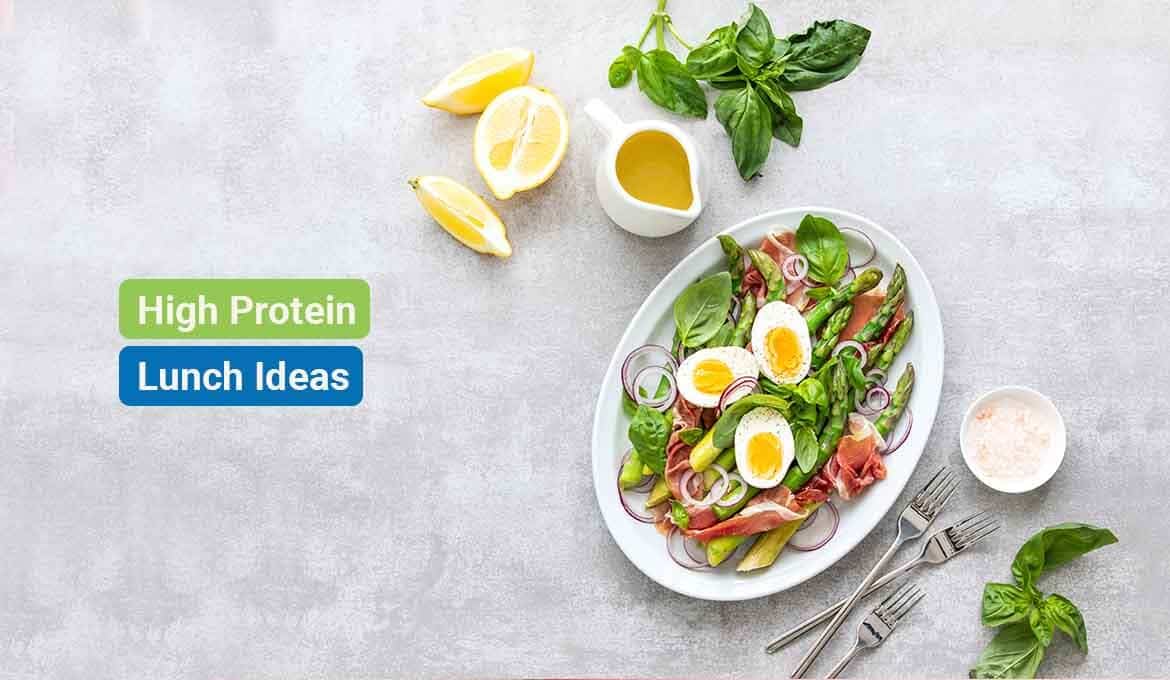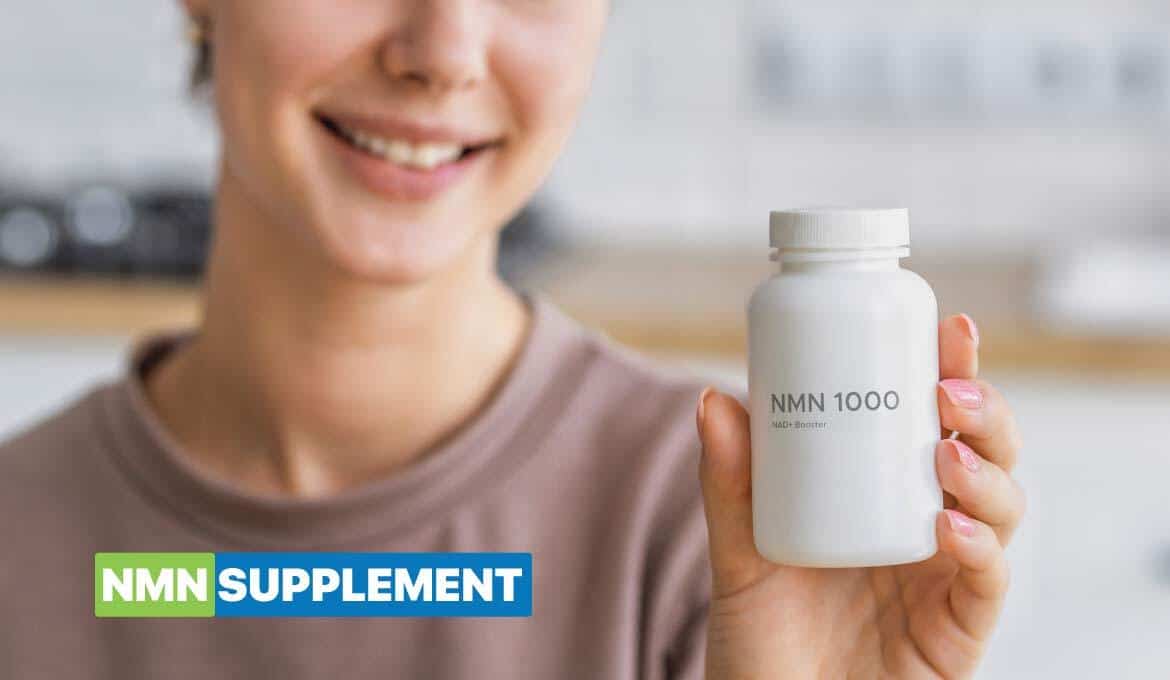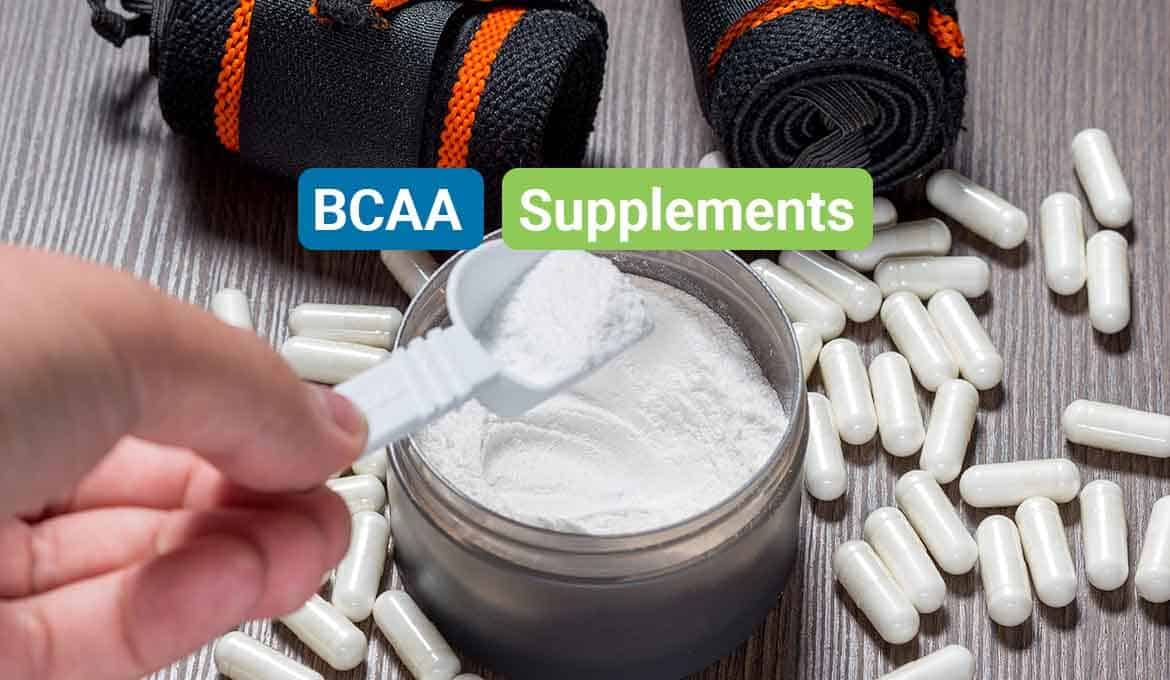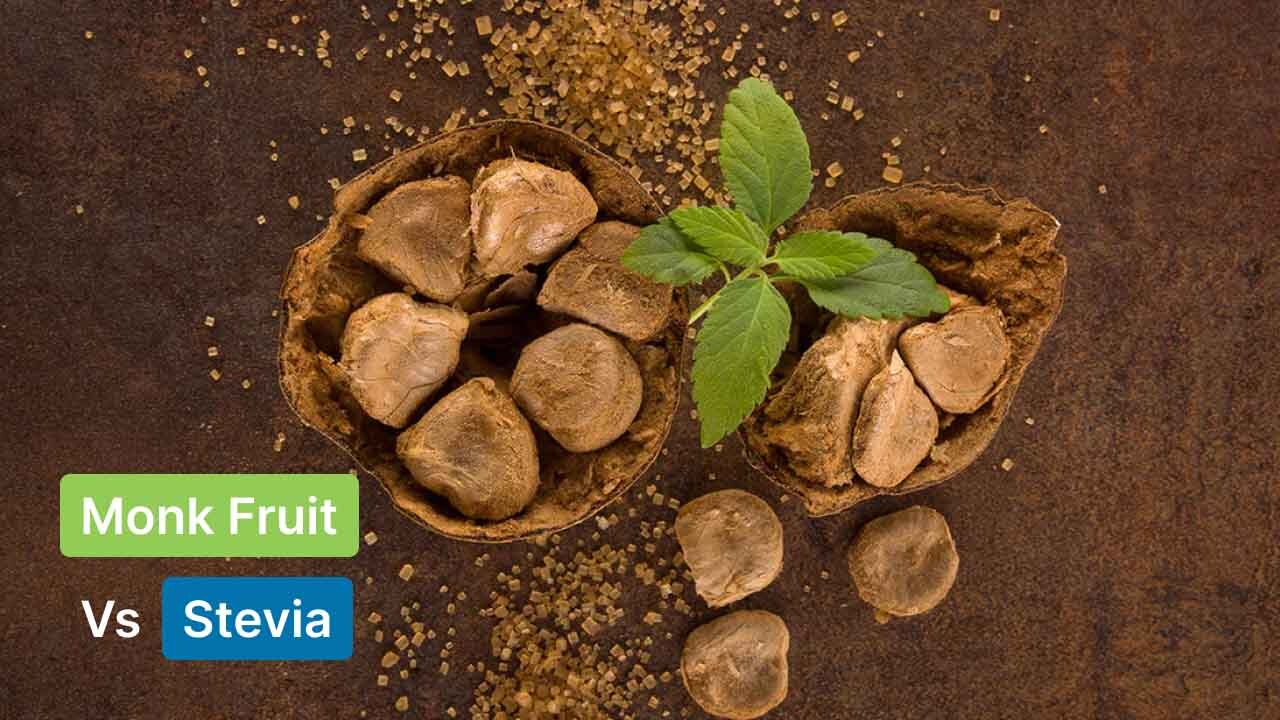
You might have heard of monk fruit or stevia at some point in your life. What do you think the sweetness in dairy products, candies, and desserts comes from? It’s because of natural sweeteners.
Monk fruit and stevia are two popular calorie-free natural alternatives to refined sugar. They are commonly used as substitutes in foods and beverages.
Lately, an increasing number of people are opting for natural sweeteners as they offer promising health benefits without causing spikes in blood sugar levels. This trend is particularly true for health-conscious individuals.
However, with the abundance of products available today, choosing the healthiest sugar substitute doesn't always seem easy. The processing methods, versatility, and taste play crucial roles in making the right choice.
So, how do you know which natural sweetener is the best fit for you?
Read this blog to learn the difference between monk fruit and stevia, two widely used sweeteners, and how to choose the best one.
What is Monk Fruit?
Monk fruit, formally known as Siraitia grosvenorii and commonly referred to as Luo Han Guo, has a long history in Southeast Asia. This little gourd has been cultivated for centuries in the mountains of Southern China and Northern Thailand.
The fruit gets its name from the Luo Hans, Buddhist monks who were the first to cultivate it and use it in ancient medicinal practices since the 13th century. Hence, it is also called the Buddha fruit.
It has been safely used for generations as a cold and digestive help in Eastern medicine and is currently used to sweeten dishes and drinks.
Monk fruit gets its sweetness from a substance called mogroside, which has been shown in certain studies to have antioxidant qualities and may support blood glucose metabolism.
These natural compounds are members of the cucurbitane glycoside family, with Mogroside V being the most plentiful and tastiest.
Three different forms of this monk fruit extract are available: liquid, powdered, and granulated.
The fruit spoils fast after being harvested. The peel and seeds of the fruit are removed to manufacture monk fruit sweetener. The crushed fruit is then collected, and the juice is extracted. Lastly, the juice is dried and ground into a powder.
The process of making monk fruit sweeteners involves crushing the fruit, taking out the seeds, and then squeezing the juice out. The sugary, calorie-free mogrosides remain after the removal of fructose and glucose by processing.
The International Food Information Council Foundation claims that monk fruit has a sweetness level that is 150–200 times higher than regular sugar. To counterbalance its power, some manufacturers dilute the extract with various sugars.
Monk Fruit Nutrition Facts
The nutritional information on monk fruit is provided by USDA.
One packet of monk fruit powder (0.8g) contains the following:
| Calories | 0 g |
| Sodium | 0 g |
| Carbohydrates | 0.8 g |
| Fiber | 0 g |
| Protein | 0 g |
| Sugar | 0 g |
What are the Benefits of Monk Fruits?
Some of the advantages of include:
i) It doesn't impact blood sugar
Monk fruit doesn't spike blood sugar because it lacks sugar or calories.
This unique characteristic is especially helpful for people who have diabetes or want to regulate their blood sugar levels. For people concerned with glycemic control, using monk fruit as a sugar alternative can be part of a well-balanced diet.
However, when buying monk fruit products, check and read the ingredients label carefully. This is because sugar or other substances that might impact blood glucose levels may still be present in several products and sweetener mixes.
ii) Healing effect on cancer patients
While monk fruit is well-known as a natural sweetener, new research indicates that it may have health advantages, including a role in cancer treatment. According to preliminary research, the mogrosides in monk fruit may have anticancer potential, inhibiting tumor growth.
The more sugar you eat, the greater the chance you can afford cancer cells to grow.
Furthermore, monk fruit's antioxidant qualities may help prevent cancer by neutralizing free radicals. However, further research is required to validate these findings and better understand the specific methods.
Individuals suffering from cancer should seek specialized advice and treatment procedures from healthcare professionals.
iii) Promote weight loss
Despite its super-sweet flavor, the body does not process monk fruit the same way it does regular sugar. Studies have shown that consuming low-calorie sweeteners instead of ordinary sugar can result in adequate weight loss.
And because monk fruit is low in calories, fat, and carbohydrates, it is an excellent choice for promoting weight loss and lowering the risk of obesity.
iv) Fight inflammation
The compound that offers monk fruit its sweetness is also responsible for its anti-inflammatory benefits. According to preliminary mice research, the mogrosides show potential for inhibiting the growth of dangerous cells while preventing chronic diseases.
Cons of monk fruit sweetener
Aside from the above benefits, monk fruits have a few downsides:
- Monk fruit is hard to grow and harvest as well as cost-effective in terms of import.
- Due to their limited availability, these sweeteners are hard to find.
- Its sweet flavor doesn't suit everyone's preference. Some users have reported an unpleasant aftertaste.
- Some monk fruit sweets may contain other sweeteners, such as dextrose, which may impact their nutritional profiles. That's why it is advised to check the ingredients before purchasing the product.
What is Stevia?
You might be surprised to know that stevia is used in iced coffees, diet cokes, and desserts.
Like monk fruit, Stevia is also a natural sweetener obtained from the stevia rebaudiana (Bertoni) plant in South America. It is believed to be sweeter than sugar (up to 300 times).
Here, stevia's sweetening characteristics are provided by two steviol glycosides, stevioside and rebaudioside.
Unlike artificial sweeteners, which are manufactured in a laboratory, stevia is derived from plant leaves. However, it must be processed before it reaches your table for consumption. After all, you're not going to eat the leaf.
So, how is it extracted?
First, the leaves of Stevia rebaudiana are harvested, dried, and then steeped in hot water. After filtering and spinning the liquid, the leaf's highly sweet steviol glycoside components are separated to form an extract.
It is then mixed with a variety of additives, such as dextrose or maltodextrin, to cut the excessive sweetness and make it easier to absorb into food.
Apart from being a natural sweetener, stevia has similar characteristics to monk fruit, including zero carbs, calories, and sugar.
Stevia Nutrition Facts
According to USDA, one tablespoon of stevia powder (0.5g) contains the following:
| Calories | 0 g |
| Sodium | 0 g |
| Carbohydrates | 1 g |
| Fiber | 0 g |
| Protein | 0 g |
| Sugar | 0 g |
What are the Benefits of Stevia?
Stevia is a sweet plant containing sucrose and has a low glycemic index. Some of the benefits it offers are:
i) Used in Oral Health
It has been discovered that stevia interacts differently with bacteria in the mouth, lowering acidity and preventing the growth of germs and cavities.
For instance, cariogenic streptococcus mutans is a kind of bacteria that lives on teeth and causes tooth decay. When used in some chewing gums, stevia may help to reduce certain germs in the mouth.
ii) Pancreatic cancer
Kaempferol is one of the several sterols and antioxidant substances found in stevia.
Research indicates that kaempferol can lower pancreatic cancer risk by twenty-three percent.
iii) Blood Pressure
Consuming stevia has been shown to effectively lower blood pressure in hypertensive patients. Furthermore, it has been reported that certain glycoside stevia extract dilates blood vessels. They might also cause a rise in urine production and sodium excretion.
When compared to other artificial sweeteners, stevia might potentially provide better glucose control. Studies indicate that stevia is beneficial for diabetes management, although further investigation is required to confirm this.
iv) Children's Diet
Foods and drinks that include stevia can significantly reduce the amount of calories that kids consume from artificial sweeteners.
Today, stevia derived from natural sources is found in hundreds of items, such as snack bars and salads. This accessibility helps kids make the switch to a lower-sugar diet by encouraging them to eat stuff without extra calories.
v) Low-calorie or ketogenic diet
If you’re following a low-calorie or ketogenic diet, stevia is a great option. It gives sweetness without compromising dietary goals since it has no calories and has no effect on blood sugar levels.
vi) Weight management
Since stevia has no calories, it can be a useful ingredient for imparting a sweet taste to food without adding extra calories. It may also reduce one's risk of developing obesity or other related illnesses.
Some studies, however, have revealed that weight gain results from how the brain reacts to sweetness with signals of wanting to eat more.
Apparently, stevia appears to be beneficial for weight management when paired with a balanced diet and exercise. Interestingly, stevia is also used to sweeten workout supplements such as protein powder or mass gainers.
If you’re using stevia as a sugar replacement, make sure to use less stevia because it is 200–400 times sweeter than table sugar. One tablespoon of sugar is equal to one-fourth teaspoon of stevia.
Does Stevia Have Any Side Effects?
The FDA has declared the high-purity steviol glycosides in stevia to be generally recognized as safe (GRAS). However, it has not been approved for use as a food additive in the US due to import alert issues.
Additionally, there isn't any evidence to suggest that consuming it would be dangerous to humans.
Further, some people who use stevia may experience bloating, nausea, numbness, and dizziness.
Monk fruits Vs Stevia – Which is Healthier?
Now that we have explored all there is to know about monk fruit and stevia in detail, it's time to compare them. Which do you think is better?
The answer is both. It all boils down to personal preference. Let's break down the key differences between monk fruits and stevia with quick insights.
a). Taste and Aftertaste:
Both of the sweeteners have distinct flavors.
Monk fruit is known for its clean, sugar-like flavor, which makes it appealing to consumers looking for a natural sweetener without the bitterness aftertaste that certain artificial sweeteners have. Some find it intensely sweet yet unpleasant.
On the other hand, Stevia tastes somewhat herbal or licorice-like and may have a noticeable aftertaste, depending on the steviol glycoside makeup and processing techniques used. Some brands have been able to reduce this aftertaste and offer a more flavor-neutral experience.
b). Sweetness Intensity:
Another important factor to consider when comparing monk fruit and stevia is the level of sweetness.
Monk fruit, which is packed with mogrosides, has a sweetness of 150-250 times that of regular sugar (sucrose). This allows minimum use in recipes and makes it the best sugar substitute in terms of sweetness per gram.
Stevia's sweetness is derived from steviol glycosides, specifically rebaudioside A and stevioside. While not as sweet as monk fruit per gram, stevia greatly outperforms regular sugar. They range from 200 to 350 times more than sugar. Sweetness levels in stevia vary depending on the product and brand.
c). Cost:
Monk fruit sweetener is generally more expensive than stevia since it's difficult to harvest and especially extract the sweetener. Limited availability also makes it more costly. Keep in mind that prices may differ based on the brand, type, and region.
d). Availability:
Monk fruit sweeteners are relatively newer in the market compared to stevia and may be less widely available. Conversely, stevia has been used as a sweetener for a long time and is more readily accessible in the market. You may find it at local stores.
e). Culinary Uses:
The choice between stevia and monk fruit is impacted by how well each is suited for different culinary applications. Monk fruit's sugar-like taste makes it ideal for desserts and beverages. It also blends well into dishes while maintaining their natural sweetness.
Stevia, with its herbal undertones, complements certain dishes, finding traction in beverages, sauces, and dressings. Some people believe stevia tastes better in tea or coffee because the aftertaste isn't as strong.
Monk Fruit Sweetener Vs Stevia – A Quick Insight
Here’s a quick look at the differences between the two sweeteners, which may help you compare and choose the one that fits you!
| Feature | Monk fruit sweetener | Stevia |
| Source | Monk fruit (Luo Han Guo) | Stevia rebaudiana plant |
| Sweetening compound | Mogrosides | Steviol glycosides (Rebaudioside A, Stevioside) |
| Taste profile | Clean, sugar-like taste | Herbal, slightly licorice-like |
| Aftertaste | Minimal to none | Bitter and metallic |
| Caloric content | Zero calories | Zero calorie |
| Processing | Extracted from the fruit using water or solvent-based methods | Extracted through water or alcohol may involve additional processing for purity |
| Health benefits | Potential antioxidant and anti-inflammatory properties | May aid in diabetes management, weight control |
| Versatility in Culinary | Suitable for various culinary applications, blends well into recipes | Used in beverages, sauces, and dressings |
| Impact on sugar | Does not spike blood sugar levels | Does not spike blood sugar levels |
| Cost | Expensive | Less expensive but may vary |
| Availability | Limited availability, primarily from Southeast Asia | Widely available globally |
Final Reflections
We hope this blog gives you clear insights into the differences between monk fruit and stevia. Both are non-nutritive natural sweeteners and are extensively marketed as natural sugar substitutes.
When it comes to deciding between them, both provide viable alternatives to sugar.
However, because of its pleasant flavor, low glycemic index, and certain antioxidant advantages, monk fruit stands out as the preferred and healthier choice.
For the majority, the main difference between the two comes down to taste. While monk fruit sweetener might seem a little less tasty, stevia typically has a somewhat bitter taste. Try them both, and see which one you prefer.
If you are still not convinced about what to choose, speak with a healthcare provider or a nutritionist to help you out according to your dietary needs.
FAQs
1. Is monk fruit better for you than stevia?
Ans: Monk fruit is considered a better and safer choice. Further, it has been approved by the US FDA for use in food. It has several health benefits and zero side effects as compared to stevia.
2. What is the healthiest sugar substitute?
Ans: Stevia, monk fruits, date sugar, maple syrup, and honey are some of the healthiest sugar substitutes available today. Monk fruit is the most preferred and healthiest sugar substitute as it has zero glycemic index with no calories.
3. What is the safest sweetener instead of sugar?
Ans: Erythritol, monk fruit, and stevia are ranked higher among the safest sweeteners than refined sugar. It is always best to prefer natural sweeteners, as they offer health benefits.
4. Does monk fruit raise blood sugar?
Ans: No. Monk fruit is a natural sweetener with zero glycemic index. It has little or no impact on blood sugar or insulin levels.
5. Can people with diabetes consume monk fruit sweeteners?
Ans: Yes. Since monk fruit doesn't change your blood sugar level due to its zero glycemic index, it is a safe and healthy option for diabetic people.
Read Also:









